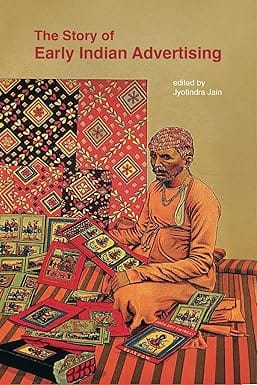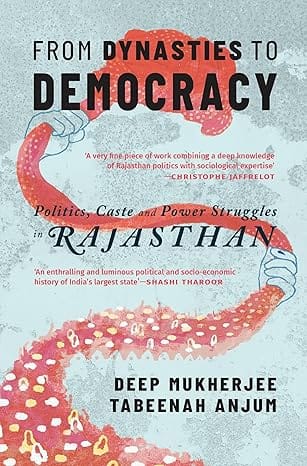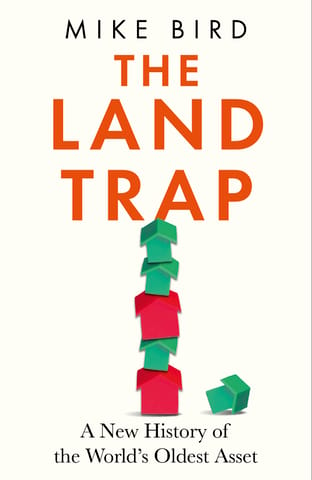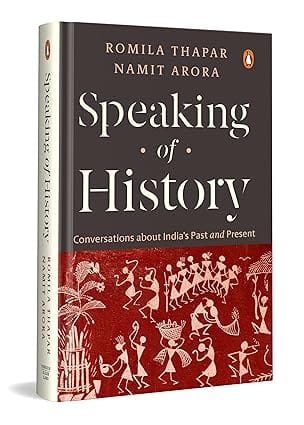-
Non-ficton
- Non-ficton
-
Contemporary Fiction
- Contemporary Fiction
-
Children
- Children
-
Comics & Graphic Novels
- Comics & Graphic Novels
-
Non-Fiction
- Non-Fiction
-
Fiction
- Fiction
Ever wondered about the history of the everyday objects and brands you are surrounded by? Or how they were marketed several decades ago? This landmark issue focuses on the rise of early Indian advertising in the 19th and 20th century via the varying forms of visuals that came to define it. It looks at the arrival of Western goods and publicity campaigns within the subcontinent as well as the generation of indigenous products and adaptations as an answer to these. Richly illustrated, the essays explore a vast archive of material, including print ads, calendars, cards, posters and matchboxes. These are placed against the broader background of the companies, creative and entrepreneurial personalities, and politics that influenced the growth of a certain kind of consumer culture—one that would shape the familial values and social aspirations of a modernizing nation and create new forms of public awareness and identities.
The Story Of Early Indian Advertising
SIZE GUIDE
- ISBN: 9788195587858
- Author: Jyotindra Jain
- Publisher: The Marg Foundation
- Pages: 168
- Format: Paperback
Book Description
Ever wondered about the history of the everyday objects and brands you are surrounded by? Or how they were marketed several decades ago? This landmark issue focuses on the rise of early Indian advertising in the 19th and 20th century via the varying forms of visuals that came to define it. It looks at the arrival of Western goods and publicity campaigns within the subcontinent as well as the generation of indigenous products and adaptations as an answer to these. Richly illustrated, the essays explore a vast archive of material, including print ads, calendars, cards, posters and matchboxes. These are placed against the broader background of the companies, creative and entrepreneurial personalities, and politics that influenced the growth of a certain kind of consumer culture—one that would shape the familial values and social aspirations of a modernizing nation and create new forms of public awareness and identities.
User reviews
NEWSLETTER
Subscribe to get Email Updates!
Thanks for subscribing.
Your response has been recorded.

India's Iconic & Independent Book Store offering a vast selection of books across a variety of genres Since 1978.
"We Believe In The Power of Books" Our mission is to make books accessible to everyone, and to cultivate a culture of reading and learning. We strive to provide a wide range of books, from classic literature, sci-fi and fantasy, to graphic novels, biographies and self-help books, so that everyone can find something to read.
Whether you’re looking for your next great read, a gift for someone special, or just browsing, Midland is here to make your book-buying experience easy and enjoyable.
We are shipping pan India and across the world.
For Bulk Order / Corporate Gifting
 +91 9818282497 |
+91 9818282497 |  [email protected]
[email protected]
Click To Know More
INFORMATION
POLICIES
ACCOUNT
QUICK LINKS
ADDRESS
Shop No.20, Aurobindo Palace Market, Near Church, New Delhi














